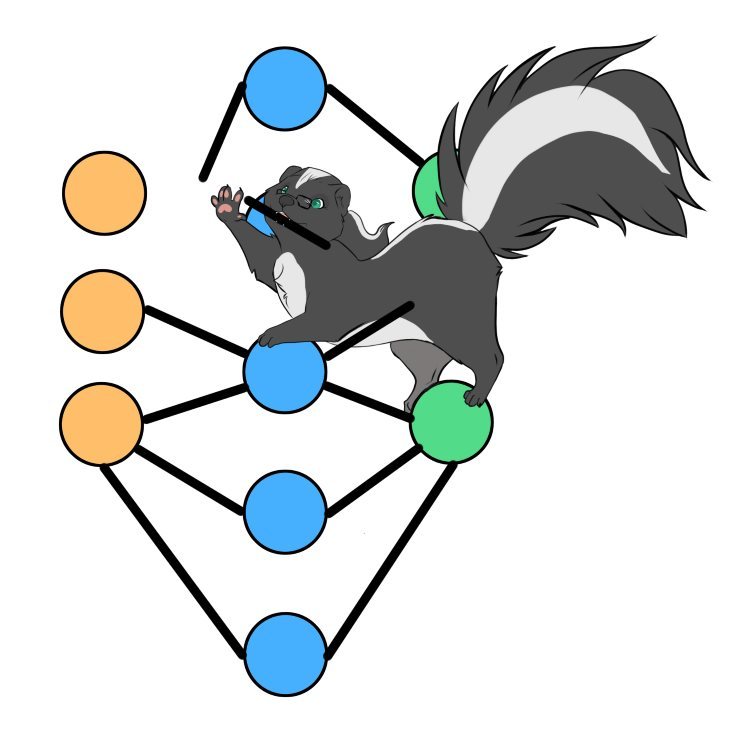Atomic Habits
A review on James Clear's book

I recently finished reading Atomic Habits, from James Clear, a long time recommendation I have been putting off. It definitely was a good recommendation, but maybe the expectation was a bit high for this one.
Alpha's Micrograd in Rust
I ported Micrograd to Rust

You might remember that I was doing small applications in Rust to try out the language, learn about it and eventually become a pro at it. That’s… in progress. But in the meantime, I’ll tell you about which things I’m finishing up and I’m learning.
I ported Andrej Karpathy’s Micrograd into Rust, but then I took a few design choices of my own.
The "bags of cats" organization method
A spectrum of organization techniques

If you read this blog, you know I’m a productivity junkie. Yeah, I’m one of those that will test different organizations mechanisms, applications, and approaches to life and tasks. However, there are a few patterns I’ve been noticing over the years and here… sometimes, less is more.
A personal media server
How to choose, set up and use a personal media server

In the last few weeks, I set up my own media server to replace a particular service I did not want to pay anymore. It felt like a huge chore with lots of options but it’s not so difficult once you get into it.
Here’s my journey and hopefully it’s useful to you too.
How NOT to publicize your AI practices
Based on a true story

I got so mad about this that I had to write a blog post. Consider this an edu-rant.
I wrote an automated blog post writer in Rust
Who needs to write anyway

I learned Rust and I decided to make something to automate blog post creation with GPT-4o. I’ll tell you a bit how that worked out.
Obsidian-iCloud sync
Keep your notes in sync

For a few years now I’ve been using Obsidian as my second brain. The magic of Obsidian is that it’s only a bunch of markdown files and a clever editor on top of it. This means that any file-syncing solution should be good enough. But the truth is a little bit more complicated than that.
AI Search has made me more human
Natural language is hard!

This whole shebang about AI and AI-enhanced products has led me to one of the products that have become part of my daily usage: Perplexity.AI. It’s a search engine where you ask questions and it gets your answers from the internet.
Let me take you back a couple of decades before we go back to it.
Emergent behaviour and the boom of AI
How a simple concept gave rise to so much more

This year has witnessed a significant transformation in the world, all thanks to a singular technological advancement: improved text prediction.
It is not a joke nor an exaggeration. The blossoming of AI that we’ve seen can be traced back to OpenAI’s text completion model, GPT. It is not the first, nor the last, nor the best, but it made itself available to everyone in a way that allowed people to build over it. Applications quickly proliferated, finding new uses and capabilities that were previously unimaginable.
How is this possible?
It all stems from a concept known as “emergent behaviour.”
Postman + JsonGrid visualizations
Postman with Enhanced JSON Visualizations

For a while (a few years) I’ve used Insomnia as my favorite REST Tool. I’ve also looked with good eyes at Hoppscotch, but it being browser-based means that you need to go through a lot of hurdles for local development (and I’ve just never had the patience).
But being that everyone still uses Postman, I decided to switch back. It’s not about just following the majority, but ensuring that there’s an active community for the tools that I use. Also, I initially was scared of Postman becoming too close to force to sell paid plans, but the years proved me wrong. Finally, all the extra features I needed eventually made it there.
